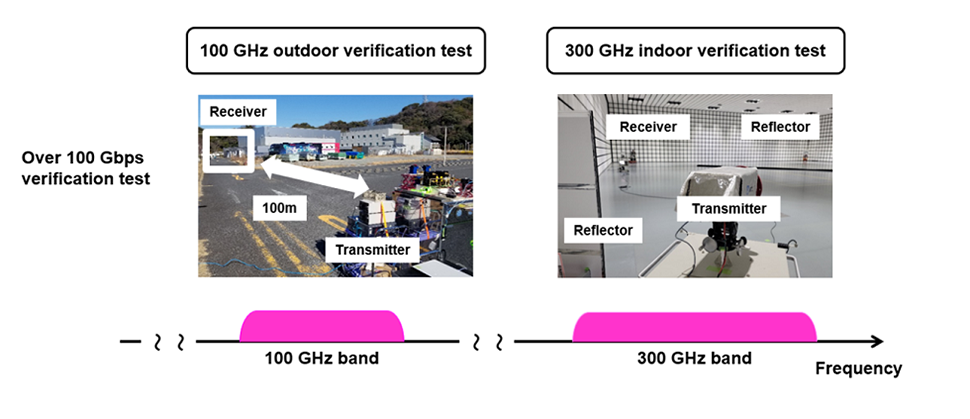A consortium of Japanese technology giants including NTT Docomo, NTT, NEC and Fujitsu has revealed the results of real-world 6G speed tests.
This breakthrough demonstrates the group's ability to achieve ultra-high speed data transmission of 100Gb/s and marks a pivotal moment in the ushering in of the 6G wireless communications era.
The four companies, which have been collaborating on this project since 2021, jointly developed a sub-terahertz 6G device and demonstrated 100Gb/s transmission capability at distances of up to 100 meters in the 100GHz and 300GHz bands. This achievement is quite remarkable as it is approximately 20 times faster than the current 5G maximum data speed of 4.9Gb/s.

6G standard settings
Each of the four companies brings specific expertise to the project. DoCoMo developed radio equipment that could handle these massive data rates, NTT developed devices capable of transmitting 100Gb/s per channel, and NEC provided multi-element active phased array antennas. And Fujitsu demonstrated the world's highest efficiency in high-output power amplifiers.
Despite the hurdles associated with higher frequencies in the sub-terahertz band, both companies believe high-capacity wireless communications are possible. Both companies are committed to leveraging their respective strengths and continuing joint research and development efforts to establish standards for 6G communications.
When 6G eventually becomes mainstream, it is predicted to support a variety of applications such as ultra-HD video streaming and real-time control of self-driving cars. With these 6G technologies, 100Gb/s transmission speeds could become the new standard.
A key assumption of these findings is that 100 Gbps transmission over a distance of 100 meters in the 100 GHz and 300 GHz bands can be achieved without dispute, with an equivalent isotropic radiated power of 50 dBm . Please note that actual data speeds may vary depending on communication environment and network congestion.


